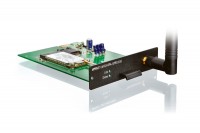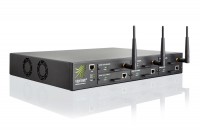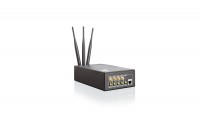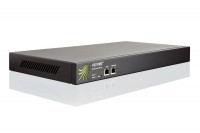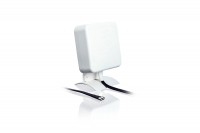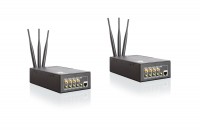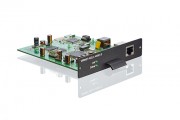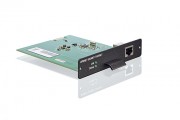Institute of Oceanography of the University of Hamburg
Connecting a North Sea island
The island of Wangerooge in the German North Sea is not only a good place for travelers or sea birds. Here, the Institute of Oceanography of the University of Hamburg operates a measuring station for the WERA-system to monitor surface current velocities, ocean wave height and wind with the help of HF radar waves at different places at the North Sea. As the station was installed in 2009, the carrier attached great importance to a reliable data transfer. Moreover, the new technology should provide steady remote access for maintenance operations. Thus, a Viprinet solution was chosen.
Overview of benefits
- Undisturbed measuring data transfer
- Facilitating remote maintenance of radar system
- Reduction of travel and staff expenses
- VPN encryption for secure data transmission
The task
The WERA-system is a shore-based remote sensing system for monitoring ocean surface currents, waves and wind direction. It is operated by the Institute of Oceanography of the University of Hamburg where it had also been developed and then made ready for the market in cooperation with the German measurement systems specialist Helzel. In 2009, a new station was set up at the island of Wangerooge in addition to the existing stations in Büsum and at the island of Sylt. The requirements for the connection were manifold: Apart from high resilience and remote access the technology should provide encrypted data transmission that won’t produce additional load for the host. In case of power outage, an unsupervised system restart should be possible.
Implementation
Despite its location some seven kilometers off the German North Sea coast, the island is well linked to the Internet. ADSL as well as UMTS with HSPA are available. But what might be sufficient for private users, does not necessarily provide enough resilience for transmitting measured data without failure. As the outpost station perpetually sends data to the control center in Hamburg to allow long-term observations, outages should strongly be avoided. The connection was thereby established with the help of a Multichannel VPN Router 300. Equipped with one UMTS and two ADSL modules, a reliability of more than 99% was achieved. Moreover, the average bandwidth now allows remote maintenance from Hamburg.
Result
By using Viprinet technology, fail-safe measured data transfer was secured. Due to good transfer rates, remote maintenance of the system was simplified significantly. Thereby, the institute can considerably save personnel and travel expenses, as technicians must be sent over to the island less frequently.
Customer Opinion

Rainer Weigle, Management IT-ServicesThe combination of channel bonding and secure VPN perfectly fits our demands. We can connect a remote outpost securely and steadily and minimize our personnel expenditures for maintenance and repair.
Customer Profile
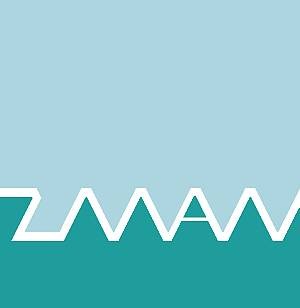
Institute of Oceanography of the University of Hamburg
- Business Sector: Scientific research
- Headquarter: Hamburg (DE)
- Established: 1956
- Number of Employees: 70-80
- Contact: Rainer Weigle, Management IT-Services, Max-Planck-Institute for Meteorology, Hamburg
Products Used
Project Facts
Connecting a measurement station at the German North Sea island of Wangerooge
Hardware used:
2 Multichannel VPN Router 300
2 ADSL-Modules
1 UMTS-Module
1 Fast Ethernet Module
Project launch: 2009
Remote station hosted in own data center
Downloads
| Download | Size |
|---|---|
| 570.25 KB |

